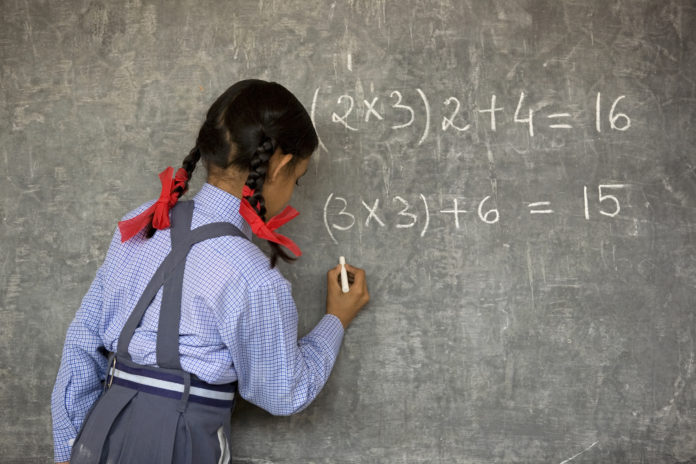What is the status of digital learning in this country?
Priyanka Gupta
The new education policy has come out with several initiatives to address the paucity of educational
facilities in remote areas. It provides solutions via digital learning and teaching. These initiatives cover
the gamut of learners from school students to post-graduates. A comprehensive initiative called PM eVidya was announced on May 17, 2020 which aims to unify all efforts related to digital/ online/ onair
education to enable equitable multi-mode access to education. It is estimated to benefit nearly 25 crore school-going children across the country.
Some of the key initiatives launched are:
DIKSHA (Digital Infrastructure for Knowledge Sharing)
It is the national platform for school education available for students in Classes 1-12. Through this platform, students as well as teachers can access a large range of curricula. There is a variety of e-content through several use cases and solutions such as QR-coded Energized Textbooks (ETBs), courses for teachers, quizzes and more available. It is a diverse platform that will cater to the needs of students, teachers, and institutions.
Swayam Prabha: Access via TV
Swayam Prabha Direct-to-Home (DTH) channels are for those who do not have Internet access. A total of 32 channels are to telecast high-quality educational programmes. This is a project of the
Ministry of Education. There are separate channels for school education and higher education.
For open schools and pre-service education
MOOC (Massive Open Online Courses) relating to the National Institute for Open Schooling (Classes
9-12) have been uploaded on the SWAYAM portal; around 92 courses have begun. Students and
teachers can access all the course modules – text, videos, assessment questions and such – through
Swayam.
On Air
Radio broadcasting is being used for children in remote areas who are not online (especially for Classes 1 to 5). The broadcasts focus on activity-based learning. A podcast called Shiksha Vani of the Central Board for Secondary Education (CBSE) is being used by learners of Classes 9 to12.
For the differently-abled
One DTH channel is being operated specifically for hearing-impaired students in sign language. For
sight- and hearing-impaired students, study material has been developed in Digitally Accessible Information System (DAISY) and in sign language; both are available on NIOS website/ YouTube.
Other than the points mentioned above, the government has come out with various facilities such as e-textbooks, a repository of OERs (open educational resources), digital classrooms, vocational raining,
e-content in local languages, alternative academic calendars and more. E-learning priorities are set
to provide complete access to e-content and e-infrastructure for all learners. The content is being developed as follows:
• Classes 9 to 12 with 6.3 crore children: Top priority
• Classes 6 to 8 with 6.4 crore children: Next priority
• Classes 1 to 5 with 12 crore children: Priority with focus on foundational literacy and numeracy
All the initiatives are broadly categorised by 16 parameters and every State and Union Territory (UT)
in India is planning to meet these parameters to improve their education systems. Below are some
statistics with respect to the steps taken by States/UTs to facilitate remote learning for students.
• Assam, Madhya Pradesh, Mizoram, and Puducherry are the regions that are working on the
least number of categories.
• Only 20 per cent of regions are focusing on at least 50 per cent of the categories.
• Chhattisgarh, Gujarat, Himachal Pradesh, Kerala, Maharashtra and Meghalaya are the regions with
maximum or 100 per cent effort on 15 or all of the categories. (Source: India Report Digital Education)
The concerns of access to education are very real. More than 65 per cent of the Indian population
is rural. Many parts of India continue to be remote. When we talk of digital learning, these are the ones that suffer the most. There are regions where internet access is still very difficult for the common
learner.
Even the regions identified as putting in the least efforts for the government’s initiatives for digital education are mostly within rural regions. While the cities tend to get the best in education, be it via private or government facilities, the poor and the rural continue to suffer and get little or no education.
The irony is that they are the ones that need to be prioritised for provision of quality education and better life prospects.
Refer to the India Report Digital Education 2020 for an in-depth study of the initiatives for online education.







